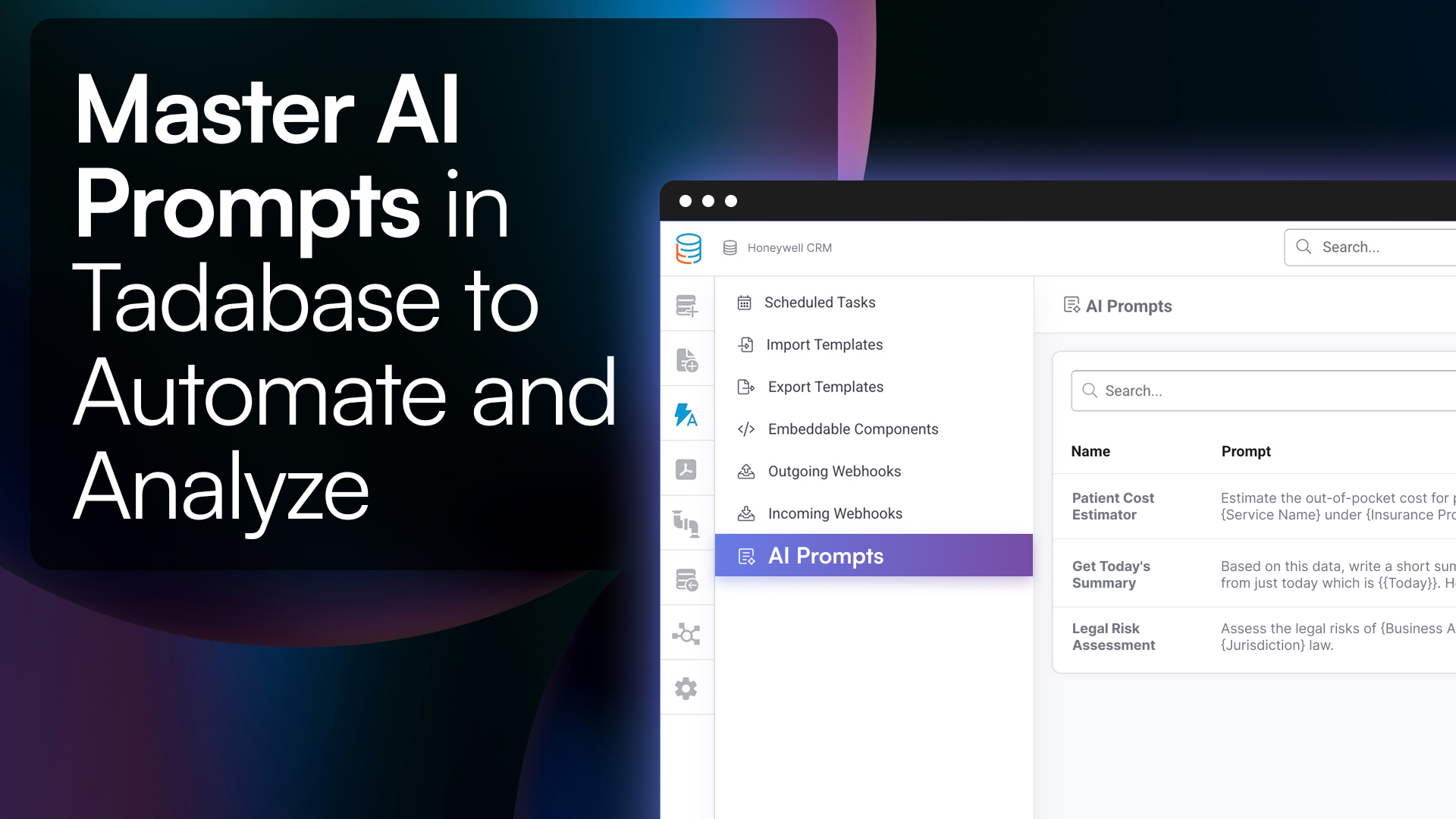Introduction
Managing a blog can often feel like herding cats—content planning, writing, editing, publishing, and promoting can quickly become overwhelming. As your blog grows, it’s easy to get lost in a sea of deadlines, drafts, and disorganized content ideas. That's why blog management tools and strategies are essential for streamlining your workflow and scaling up effectively.
In this post, we'll dive into the key strategies and tools you can use to efficiently manage your blog, ensuring that you stay on track and consistently deliver high-quality content. Whether you're a solo blogger or managing a team of writers, these tips will help you stay organized, save time, and grow your blog more effectively.
1. Create a Centralized Content Calendar

The foundation of any successful blog management system is a well-organized content calendar. Having a centralized space where you can plan and visualize your content allows you to map out themes, track progress, and ensure consistency in your posting schedule. A strong content calendar should include:
- Publication dates: Stay ahead of deadlines by setting specific dates for each piece of content.
- Categories or tags: Assign categories or tags to each post to ensure you're covering a range of topics.
- Authors and responsibilities: If you're managing a team, clarify who is responsible for each part of the content process.
This centralized approach prevents any posts from falling through the cracks and ensures you have a clear, big-picture view of your content strategy.
For an easy way to build and maintain your content calendar, you can explore blog management tools like Tadabase’s Blog Management Template, which allows you to organize every aspect of your blog’s workflow in one customizable platform.
2. Use Workflow Automation to Save Time

A large portion of blog management revolves around repetitive tasks, such as drafting, editing, assigning tasks, and publishing. Automating parts of your workflow can save a significant amount of time, leaving you free to focus on more creative aspects of your blog. Here are a few ways to implement automation:
- Task assignment: Use tools that automatically assign tasks to team members as soon as they are ready. For instance, once a draft is complete, it can be automatically sent to the editor.
- Publishing schedules: Automate the scheduling of your blog posts to ensure they go live at the optimal time without manual input.
- Email notifications: Set up automated notifications for content updates, such as notifying writers when their post is ready for review or when a piece is published.
With these systems in place, you can streamline your process and ensure that your content moves smoothly from concept to publication. Again, tools like Tadabase’s customizable platform can be an excellent solution for setting up these kinds of automated workflows.
3. Track and Analyze Your Blog’s Performance

Creating content is only half the battle; analyzing how your posts are performing is crucial for long-term growth. Without clear data, it’s impossible to know which content resonates with your audience and what needs improvement. Here’s what you should track:
- Page views: Which posts are getting the most attention?
- Engagement metrics: How much time are readers spending on your pages, and are they sharing your content on social media?
- Conversion rates: If your blog has a goal (such as newsletter sign-ups or product sales), which posts are driving the most conversions?
Tracking these metrics can help you refine your content strategy, focusing on what works and optimizing what doesn’t. Many blog management platforms offer built-in analytics features or integrations with tools like Google Analytics to make tracking easier.
4. Organize Your Content Assets

A well-organized library of blog content is essential as your archive grows. Rather than scrolling through endless drafts or published posts to find a single article, create a searchable content database that categorizes your content by date, topic, or status. For instance:
- Drafts: Keep track of all unfinished content that’s currently in production.
- Published posts: Easily access older content for updates or repurposing.
- Content ideas: Maintain a backlog of ideas for future posts.
Having a system in place to catalog your blog assets not only saves time but also helps with content repurposing—turning older posts into new formats such as infographics, social media snippets, or videos.
5. Collaborate with Your Team Effectively

If you work with a team, it’s crucial to keep communication streamlined and roles well-defined. Establish clear workflows and use collaborative tools to ensure that everyone is on the same page. Some key tips for successful team management include:
- Clear task delegation: Assign specific roles to team members—such as content creation, editing, and promotion.
- Regular check-ins: Schedule brief meetings or use team chat tools to stay updated on progress.
- Shared platform: Use a single platform for all communication and content-related tasks to avoid miscommunication.
Tadabase’s blog management template offers an ideal solution for teams. It allows for task delegation, progress tracking, and seamless communication, ensuring that everyone knows their responsibilities and deadlines.
Final Thoughts
Managing a blog doesn’t have to be chaotic. With the right systems in place, you can streamline your content creation, automate repetitive tasks, and track performance metrics—all while staying organized. Tools like the Tadabase Blog Management Template provide a powerful solution for bloggers, enabling you to manage your entire workflow from a single, customizable platform.
By staying organized and making use of automation, you’ll free up time to focus on the most important part of your blog—creating engaging content that grows your audience.








